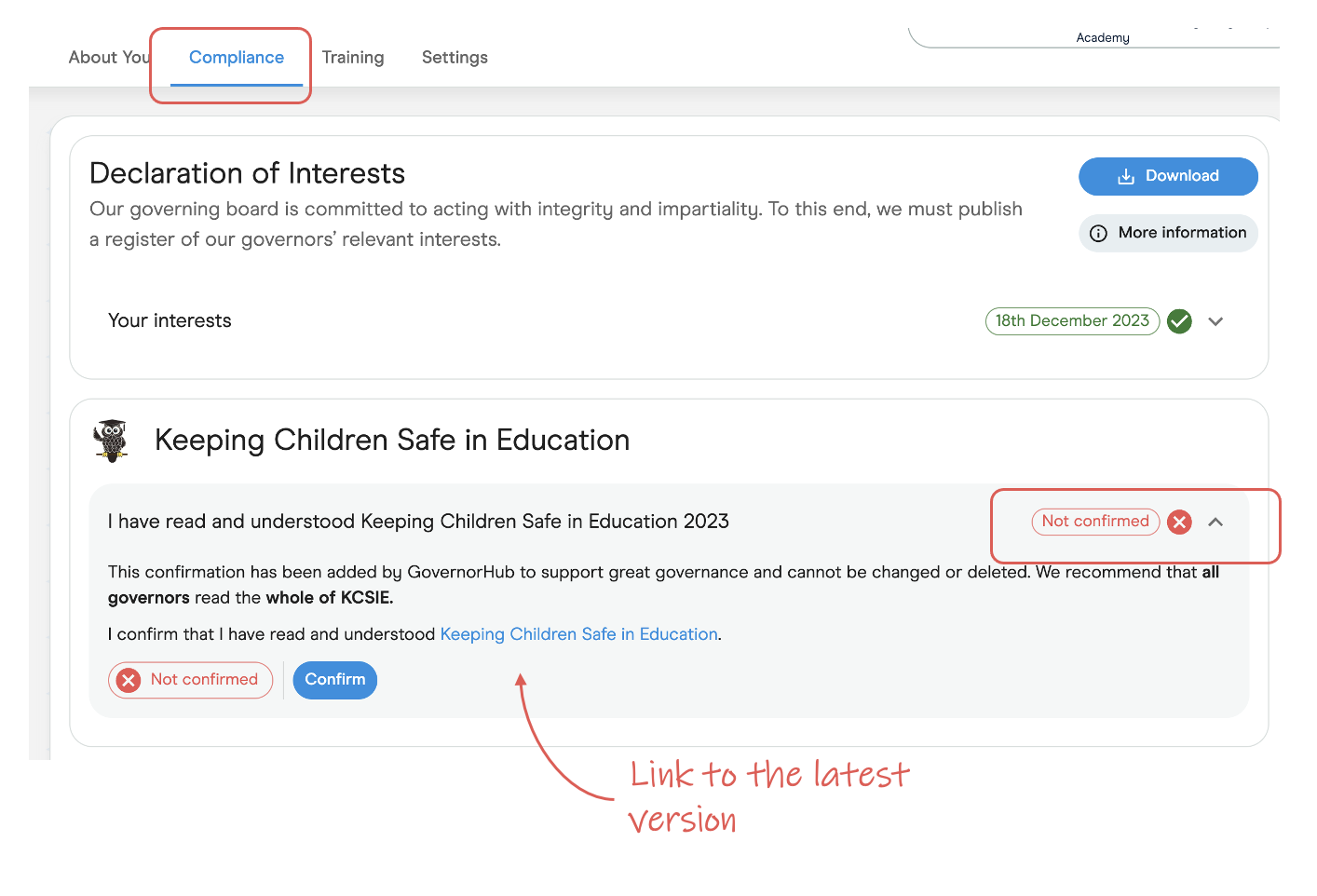Governors sometimes need to form a panel to decide whether disciplinary action should be taken against a member of school staff.
Clerking a staff disciplinary panel is less stressful than it might sound because it is led by a human resources (HR) advisor rather than the clerk to governors.

The HR expert will advise governors and make sure they follow your school’s disciplinary policy. The clerk helps gather the required number of governors for the panel but on the day of the disciplinary hearing you are (for once!) just there to take minutes.
What is the process for a staff disciplinary hearing?
Each school must follow its own staff disciplinary policy so that’s the first thing to check. Written guidance on holding disciplinaries is also available from ACAS (the Advisory, Conciliation and Arbitration Service).
As a guide, the disciplinary process starts when an allegation is made against a staff member. An investigation into that allegation is carried out by either the headteacher or a senior member of staff.
The investigating officer may decide that no further action is needed or that the issue can be dealt with by offering extra training or an instruction on how to behave in the future.
If the investigating officer decides that the issue is serious enough they refer it to a staff disciplinary panel hearing. This is where governors become involved because they sit on the panel.
At the panel hearing the investigating officer explains the allegations and goes through the evidence. The employee is given the opportunity to set out their case and answer any allegations.
Witnesses can be called by either side. Both the investigating officer and employee can question the case put forward by the other party. The headteacher or governor panel may question any evidence presented and will be advised by the school’s HR provider.
The governor panel considers all the evidence and decides whether there are reasonable grounds to believe the alleged act or behaviour occurred. The governor panel also decides whether they think disciplinary action is justified.
If the staff member disagrees with the panel’s decision they can appeal to a second panel of governors, known as the appeals panel. The appeals panel should be formed of governors who did not sit on the first panel.
Can staff governors sit on staff disciplinary panels?
No. Any governor who is a school employee must not sit on a staff disciplinary panel. It would not be right for an employee to judge whether disciplinary action should be taken against their own colleague.
Which governors can sit on the panel?
Check your school’s own staff disciplinary policy, but generally any governors who are not school employees are able to sit on a staff disciplinary panel.
It’s common for policies to say that a panel of three governors is needed, as a three-person panel helps to avoid a tied vote. You should also check whether your policy states the chair or vice-chair of governors should be on the panel.
My LA’s policy says the chair or vice-chair should sit on the appeals panel, which is the second governor panel. That means that in my LA either the chair or vice-chair of governors should not sit on the first panel, because governors cannot sit on both the first and second panels.
The usual rules about conflict of interest apply to any governor panel. A governor who is biased or could be seen to have a bias must not sit on the panel.
That would include a governor who has a personal connection to the school employee, for example a governor who is related to them. It also includes a parent governor whose child is in the employee’s class.
Do governors need training to sit on a staff disciplinary panel?
No, there is no requirement for governors to receive training. However, training can be very helpful to ensure governors understand their remit and duties.
Does the clerk need training to clerk a staff disciplinary panel?
No, there’s no requirement for the clerk to receive training.
In this situation the clerk’s role is simply to take minutes, not to advise on procedures and law. It is the HR professional who offers advice to the governor panel, not the clerk.
My LA staff disciplinary policy says a “note-taker” must attend the disciplinary hearing. I’d usually object to a clerk to governors being called a “note-taker”, but in this case it is correct – we are only at the hearing to take notes.
What documents should be prepared before the hearing?
It is likely that the document pack will be prepared by school staff rather than the clerk. Every page of the document pack should be numbered to ensure everyone at the hearing can find a page easily and all attendees should receive the same information.
The document pack might contain:
- a written account of the investigation
- written witness statements
- the staff disciplinary policy
- the staff code of conduct
- HR records about the staff member.
Who attends the staff disciplinary hearing?
My LA’s staff disciplinary policy says the following people are invited to the hearing:
- the school employee who is the subject of the hearing
- the investigating officer
- the governors who are sitting on the panel
- HR adviser(s)
- a person accompanying the staff member, for example a union rep or a colleague
- any witnesses, eg: a teacher who saw an incident in the playground
- the clerk.
Governors who are not on the panel must not attend the hearing.
What decisions can governors reach?
The possible outcomes of the hearing will depend on your school’s policy and whether the employee has been disciplined before.
Depending on the situation and your policy the panel might:
- decide the allegations have not been proven
- issue a written warning or final written warning
- fire the employee with notice
- fire the employee without notice (immediate dismissal).
Who writes the letter to the staff member to inform them of the panel’s decision?
The HR adviser should write the letter as they are the HR expert, not the clerk to governors.
How do you write minutes of a staff disciplinary panel?
Minutes should be as detailed as possible and clearly show who is speaking. The minutes will be no use if they don’t make it clear what the staff member said in their defence, what the HR adviser advised, what the union rep said and so on.
I would try to stick as closely as possible to the actual words used. In a full board or committee meeting the clerk needs to summarise the discussion, but in a disciplinary panel clerks should try to avoid putting words into other people’s mouths.
You also need to avoid introducing any kind of bias into the minutes by accidentally presenting one party in a more favourable light or spending more time minuting the questions from governors than the answers given by the employee.
In a usual governor meeting you might be diplomatic and say “Governors had a robust discussion and decided to reject the idea” when what actually happened was a heated argument and governors expressing very strong views.
These kind of minutes are fine for board meetings where governors have collective responsibility and must arrive at collective decisions.
However, in disciplinary minutes it is better to record what actually happened as accurately as possible. Write “JC stated that was total nonsense”, rather than “JC denied the accusation”, so you avoid changing the meaning.
Ask for clarification if you have not understood something and let the chair know if you have fallen behind in your notes and need a pause to catch up.
You should also record any adjournments, for example if the panel take a bathroom break. You must also record in the minutes any time someone leaves or enters the meeting.
Witnesses may be asked to leave after they have spoken and the employee, together with anyone accompanying them, will be asked to withdraw temporarily while the panel make up their mind.
Should staff disciplinary minutes be sent to all governors?
No, definitely not. Minutes should be marked confidential and only shared with governors who were on the panel.
If the employee is unhappy with the decision of the disciplinary panel they may appeal and a second panel of governors will be needed to hear that appeal. The governors on this second panel must not have had any involvement in the case, which includes reading the minutes of the initial panel.
The full board of governors can be told that a staff disciplinary hearing took place, but no other information should be shared with them.



